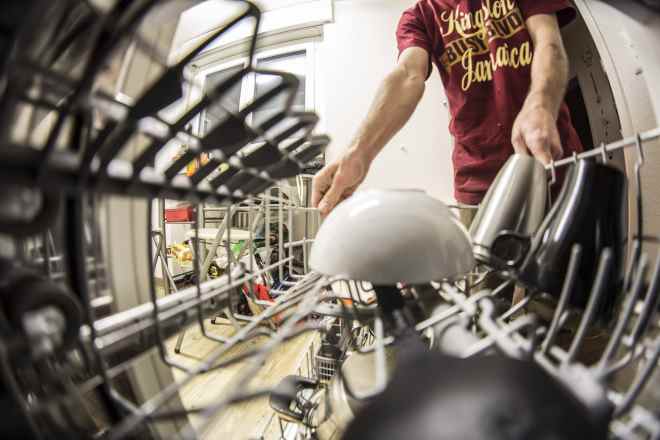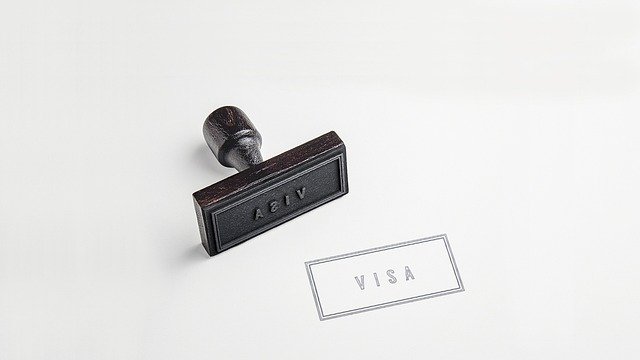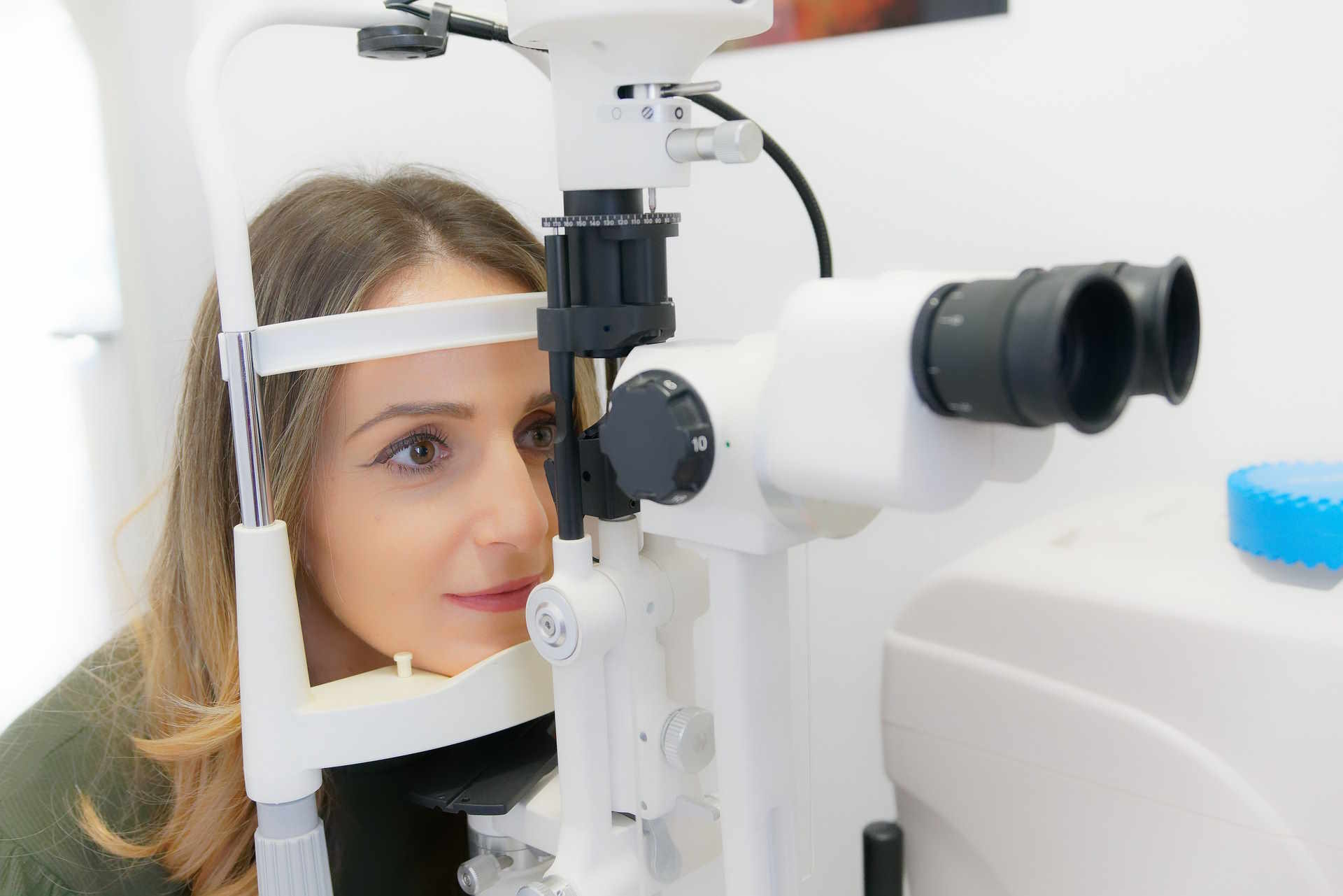The Remarkable World of Therapy Horses: A Comprehensive Insight
Introduction In the vast universe of animal-human interaction, therapy horses hold a unique place, touching lives in ways that are both profound and transformative. This engaging article delves into the impressive world of therapy horses, exploring their history, current significance, and potential future impact.

The Historical Significance of Therapy Horses
Horses have played a crucial role in human civilization for centuries, not just as a mode of transport, but also as therapeutic companions. The concept of equine therapy dates back to ancient Greece, where horse riding was prescribed to improve the health and spirits of those suffering from various ailments. In the 20th century, equine therapy gained recognition for its role in improving the physical health of World War II veterans.
Current Role and Impact of Therapy Horses
Today, therapy horses are used in a wide variety of therapeutic settings, from helping individuals with physical disabilities to aiding those dealing with mental health challenges. Equine-assisted therapy is now recognized by several health organizations worldwide, attesting to its effectiveness and growing popularity.
One of the key reasons for the success of therapy horses is their ability to mirror and respond to human emotions, making them excellent companions for emotional healing. Moreover, the physical act of riding a horse can help improve balance, muscle strength, and coordination, making it valuable for physical rehabilitation.
Recent Developments in Equine Therapy
In recent years, there have been significant developments in the field of equine therapy. Researchers have been exploring the potential benefits of equine therapy for a broader range of conditions, from autism to post-traumatic stress disorder. Additionally, there is a growing trend of incorporating equine therapy in school and community programs to aid in personal development and emotional learning.
The Market and Economic Impact of Equine Therapy
The equine therapy industry has seen substantial growth over the past few years. In the US alone, it is estimated to be worth over $300 million annually, with hundreds of dedicated therapy centers operating across the country. This exponential growth reflects the increasing recognition of the therapeutic benefits of horses.
Looking to the Future: The Potential of Therapy Horses
The potential of therapy horses extends beyond the realms currently explored. Preliminary research indicates that equine therapy could be beneficial for conditions like dementia and substance abuse. Moreover, the use of therapy horses in community outreach programs and schools could provide an innovative approach to foster emotional development and resilience among children and adolescents.
In conclusion, therapy horses have a rich history and a promising future in the field of therapeutic interventions. Their unique ability to connect with humans on a deep emotional level, coupled with the physical benefits of horse riding, makes them invaluable therapeutic companions. As research continues to unfold the full potential of equine therapy, it’s clear that these extraordinary animals will continue to play a fundamental role in the sphere of human healing and wellbeing.




